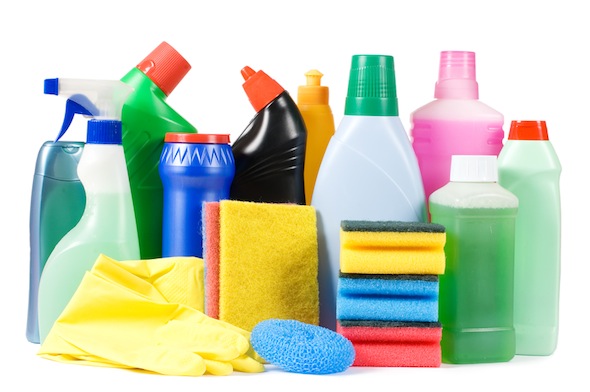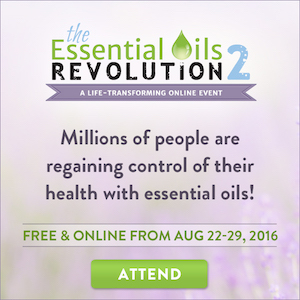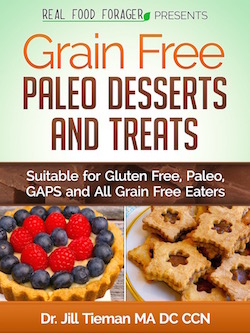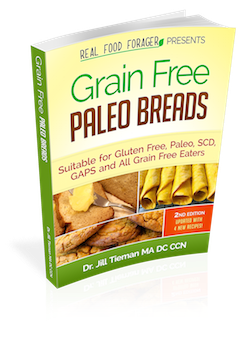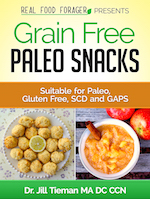A while ago I wrote an article about toxic skin care products. In the average home there are more than 500 different chemical products at any one time. The majority of these products are for cleaning. Breathing in a toxic cleaning product is just as bad as putting one on your skin.
Ingredients Not Required
Not surprisingly, the manufacturers of household cleaning products are not required to list the ingredients of the product on the label. Although cleaning products are regulated by the U.S. Consumer Product Safety Commission under the Federal Hazardous Substances Labeling Act, the proprietary ingredient information is protected by these government agencies.
Warning Labels for Poisons
Warning labels are displayed for DANGER, WARNING and POISON and these give a general idea that the product may be toxic, however they do not convey the toxicity with long term usage. Most people know that, for instance, ammonia, is toxic and the fumes should not be inhaled — and that acute exposure can be very toxic and cause severe irritation of the lungs and can even result in death.
However, they may not know that long term chronic exposure, may lead to harm to the respiratory system and can irritate and inflame the airways. Ammonia (along with other toxic chemicals) is found in common window cleaners.
Beware of These Chemicals
All of the chemicals found in conventional cleaning products are harmful to living things and harmful to the environment and should be avoided. As more people get on board with become greener, we are all better off. Some of the chemicals in cleaning products are:
- Chlorinated phenols and phenols – toxic to respiratory and circulatory systems
- Diethylene glycol – depress the nervous system
- Formaldehyde – respiratory irritant and suspected carcinogen
- Petroleum solvents – damage mucous membranes
- Perchloroethylene – liver and kidney damage
- Butyl cellosolve – damage to bone marrow, the nervous system, kidneys and the liver
I could go on and on but you get the idea. All of these chemicals should have been banned, and some have been banned in Europe. They are associated with Superfund toxic waste sites and are listed in the toxins section of the U.S. Clean Air and Water Acts. They are harmful to humans and to the earth.
Detoxify Your Home
The first thing to do is to go through all of your cabinets and get rid of the toxic cleaning products. You may have some greener products that you feel safe using. Just be sure that they are, in fact, non-toxic. You may have to call the company to get the full ingredient list. If the company won’t tell you, that’s telling in and of itself.
My rule of thumb is, if you cannot put it on your skin or ingest it — it cannot be safe. I tossed many cleaning products long ago. Some may need to be dropped off at community waste centers and they should not be thrown in the garbage.
White Vinegar, Baking Soda and Essential Oils
White vinegar is effective at killing E.coli, salmonella and shigella bacteria says Donna Duberg, assistant professor of clinical laboratory science at Saint Louis University. Vinegar is good for cleaning vegetables to washing flours as well as cleaning the bathroom. You can combine the vinegar with essential oils for a nicer fragrance – and certain essential oils, like thyme, rosemary and basil will also kill bacteria like E. coli, listeria and salmonella.
Tea tree oil is great for mold. Use baking soda mixed with vinegar to make a paste that you can use to scrub the bathroom or wherever needed. These natural products are not as strong as the toxic chemicals, but if you leave it on the surface for a minute it will kill the bacteria without harming you.
How Clean do We Have To Be?
The Hygiene Hypothesis informs us to question how clean we actually need things. Research has shown that people who grow up exposed to more microbes are better off than folks who are too clean. Exposure to germs gives the immune system a chance to exercise and mature. Instead of trying to kill every microbe that comes our way — we should be encouraging the beneficial bacteria that we are made of and that surround us in our environment. Yes — we are actually made of more microbial cells than human cells.
Keep a clean house — but not too clean. Your microbiome will thank you.
Click here to purchase TOXIC FREE a new e-book by my friend Robin of Thank Your Body.
This e-book has 70 safe recipes for all the basic household cleaners you will ever need!
Which safe products do you use? Leave a comment and let me know!

